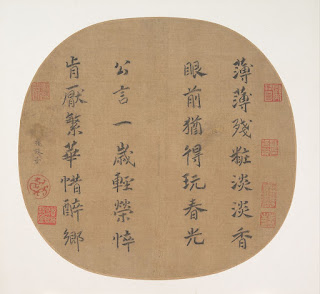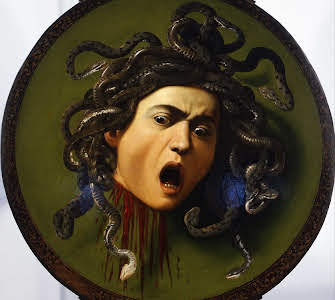Early Modern Blog: The Influence of The Great Depression (1900-1939)
Early Modern Blog: The Influence of The Great Depression
(1900-1939)
“Rust Red Hills,” from 1930 Georgia O’Keeffe
One of the American Modernist artists that painted during this time was Georgia O’Keeffe (1887-1986). Georgia O’Keeffe is known for her beautiful, exotic, and somewhat erotic paintings, her painting is displayed below. Her paintings are really beautiful. I love the use of color, in particular how she blends the colors to create her voluptuously detailed pieces of art. This was a new technique that was sought out for, and it let into the 21st century.
The title of the painting refers to a street in Barcelona, Carrer d'Avinyó, which was known for its many brothels. The five figures, “The Women of Avignon”, depict prostitutes of this red-light district in Barcelona boldly staring back at the viewer from the painting. This art piece was very rich to me because it told a lot in a simple picture.
References:
O'Keeffe, G. (no date) Rust Red Hills - georgia o'keeffe, www.wikiart.org. Available at: https://www.wikiart.org/en/georgia-o-keeffe/rust-red-hills (Accessed: November 7, 2022).
About Georgia o'keeffe (2022) The Georgia O'Keeffe Museum. Available at: https://www.okeeffemuseum.org/about-georgia-okeeffe/ (Accessed: November 7, 2022).
Pablo Picasso. Les Demoiselles d'Avignon. Paris, June-July 1907: Moma (no date) The Museum of Modern Art. Available at: https://www.moma.org/collection/works/79766 (Accessed: November 7, 2022).






Picasso’s Les Demoiselles d'Avignon is a great depiction of the Depression. I would have loved to hear more about it throughout your blog. The 5 women surrounding themselves around a slice of melon suggest the frugality communities had to engage in during a time of minimal prosperity and food scarcity. The vague shapes of the faces and bodies can help discuss the uncertainty of the Great Depression and what food scarcity looked like beyond families and within communities that were expected to share with one another for a sense of solidarity during struggling times.
ReplyDelete